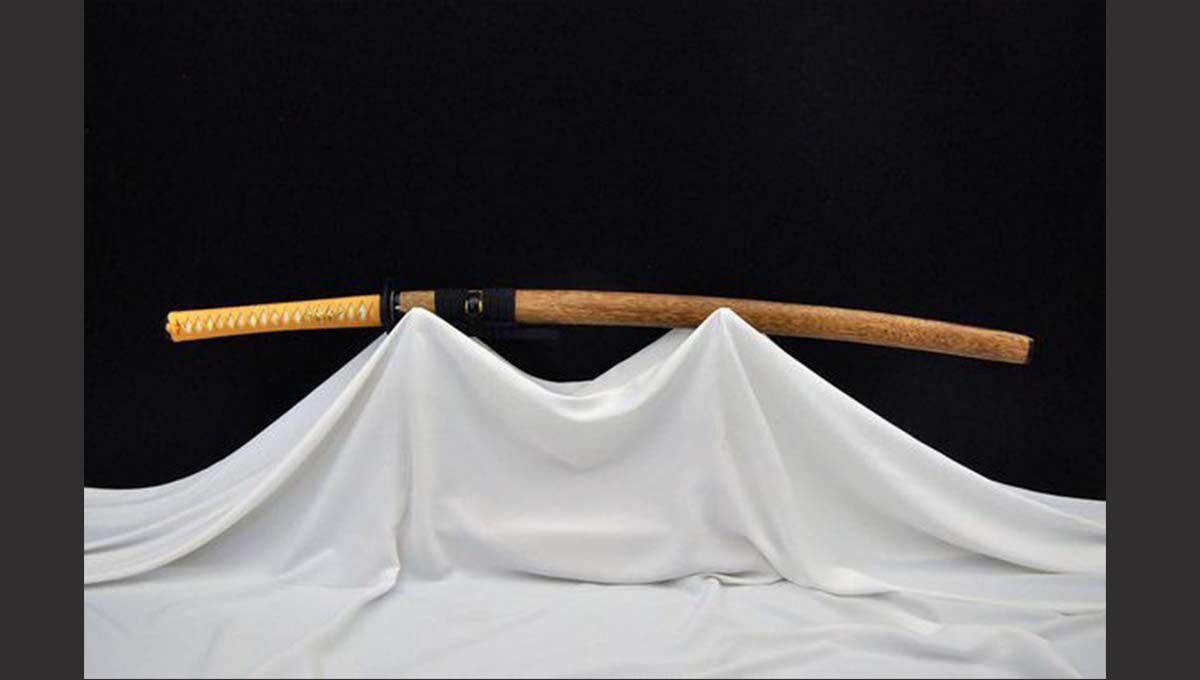Unveiling the Cultural Significance and Enduring Impact of Japanese Blades
Japanese swords, from the revered katana to the versatile tanto, are more than just weapons; they are symbols of a rich and storied history. In this in-depth exploration, we delve into the profound role of Japanese swords in samurai culture and their lasting legacy in the modern world.
Samurai Culture and the Sword
- The Samurai’s Soul: For the samurai, the sword was not merely a tool of warfare; it was an extension of their very soul. It embodied their code of honor, known as Bushido, which emphasized virtues like loyalty, courage, and integrity.
- The Katana’s Majesty: The katana, with its distinctive curvature and razor-sharp edge, was the epitome of samurai swords. It represented the samurai’s status, discipline, and commitment to mastering their craft.
- The Tanto’s Utility: While the katana received much of the attention, the tanto was equally vital. Its shorter, straight blade made it ideal for close combat and self-defense, earning it a place at the samurai’s side.
Crafting Japanese Swords - Meticulous Craftsmanship: Japanese swordsmiths, known as “tosho,” were revered artisans who dedicated their lives to perfecting their craft. Crafting a sword involved a combination of metallurgy, geometry, and artistry.
- Differential Heat Treatment: The hallmark of Japanese swords, the differential heat treatment, created a visible temper line called the “hamon.” This process not only enhanced the blade’s sharpness but also its aesthetic beauty.
- Fittings and Aesthetics: Beyond the blade, the fittings of Japanese swords, including the tsuba (guard), fuchi (collar), kashira (pommel), and menuki (ornaments), were meticulously crafted and often adorned with intricate designs.
The Legacy Lives On - Collectors’ Treasures: Japanese swords have become sought-after collector’s items worldwide. Enthusiasts appreciate their historical significance, exquisite craftsmanship, and enduring beauty.
- Martial Arts and Modern Applications: Japanese martial arts, such as iaido and kendo, continue to preserve the traditions of swordsmanship. These martial disciplines not only teach combat techniques but also instill discipline and respect.
- Cinematic and Pop Culture: Japanese swords have left an indelible mark on the world of cinema and pop culture. They are featured prominently in movies, anime, and video games, perpetuating their mystique and allure.
- Symbol of Japan: Japanese swords are a symbol of Japan’s cultural heritage. They represent the country’s dedication to craftsmanship, precision, and unwavering commitment to tradition.
The Responsibility of Ownership
Owning a Japanese sword comes with a profound responsibility. Whether displayed in a collector’s cabinet or used in martial arts, owners must preserve these cultural treasures, respecting their historical and artistic significance.
general summary, Japanese swords, from the legendary katana to the humble tanto, continue to captivate the imagination and admiration of people worldwide. They are not just blades; they are a testament to the samurai’s code, the craftsmanship of tosho, and Japan’s enduring legacy of honor, skill, and tradition. As they bridge the gap between history and modernity, Japanese swords remain timeless symbols of a culture deeply rooted in the art of the blade.

